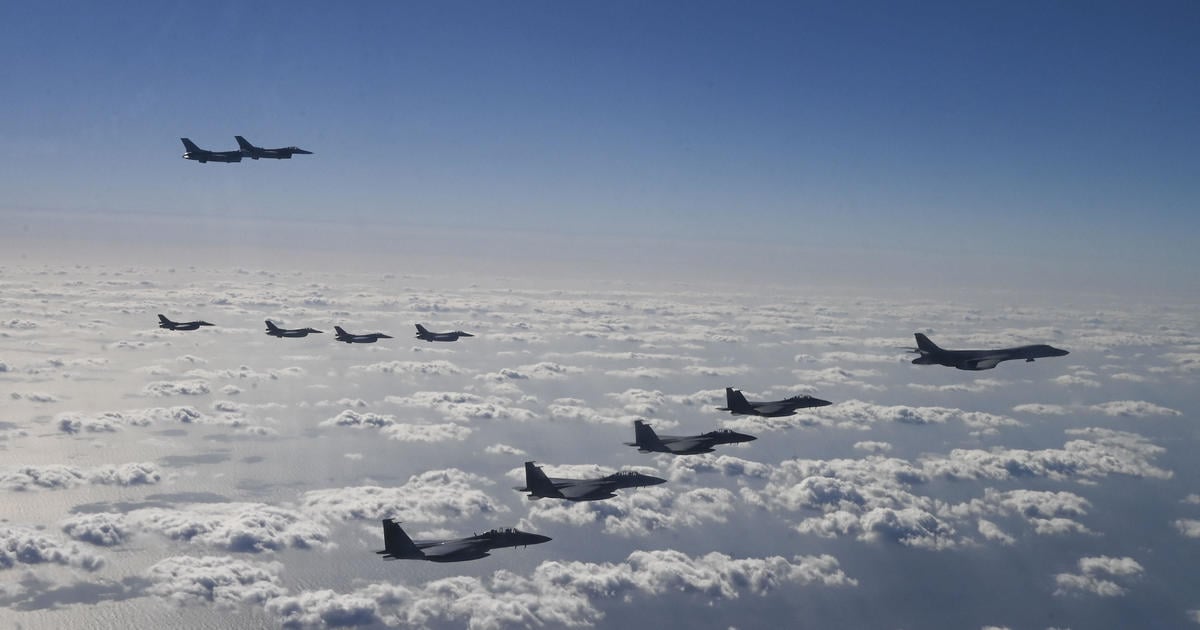Summary
South Korea scrambled fighter jets as five Chinese and six Russian warplanes entered its air defense identification zone (KADIZ) on Friday, though they did not breach national airspace.
The incursion, part of joint Chinese-Russian military drills, occurred near the contested Dokdo islands and lasted over four hours.
South Korea condemned the unannounced flights, calling for measures to prevent escalation.
Similar incidents have increased since 2019, reflecting deepening China-Russia defense ties amid tensions with the U.S., South Korea, and Japan.
This follows other global airspace incidents involving Russian and Chinese forces.



Firstly act of wars do not necessarily, in fact usually, do no lead to full blown war. Iran and Israel launched missiles at each other recently and they did not go to full blown war, does that mean that both of those acts were not in-fact act of wars but perfectly normal behavior?
I presume you are referring to KAL-007 (as when MH-17 happened the Russian proxies were already at war with Ukraine). It was the Soviet Union and it didn’t shoot it down for violating an imaginary ADIZ but after twice overflying Soviet territory. It’s disputed whether the plane did manage to exit Soviet airspace after the second overfly but it not relevant, the SU justification was always that it crossed in their territory not that it entered a unilaterally declared ADIZ.
All I’d read about it was in the human-factors-in-aviation-incidents domain:
An avionic was providing them with false-information, or it was mis-guiding their aircraft, whatever,
& they trusted the erroneous machine,
were ordered to get out from Russian/Soviet airspace,
kept trusting their machine, which indicated it wasn’t violating that airspace,
& got shot-down.
KAL looks like Korean, right?
I think that was the one.
_ /\ _
It was a combination of some infrastructure being offline (a VOR beacon) thus requiring a different procedure that was not followed correctly.
I don’t believe the pilots ever considered they had crossed into Soviet airspace, they were probably unaware of any deviation from their flight plan.
Nor was there any contact with Soviet forces. Were they ordered to leave the airspace would significantly change the share of blame making the pilots criminal and letting the Soviets off easily.
The intercept claims to have tried to have fired warning shots but admits they were not really visible in the night. I think that if he flown directly in front of them, they would notice if not visually the turbulence. But the decision seems to have been taken that it was not a civilian plane at a higher level and the identification part of the intercept a formality. Apparently they had actually missed intercepting some actual spy planes recently and they had to save face.